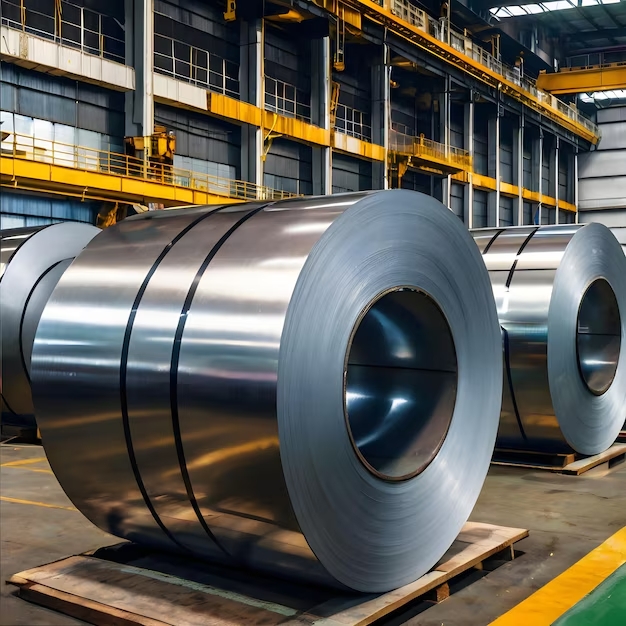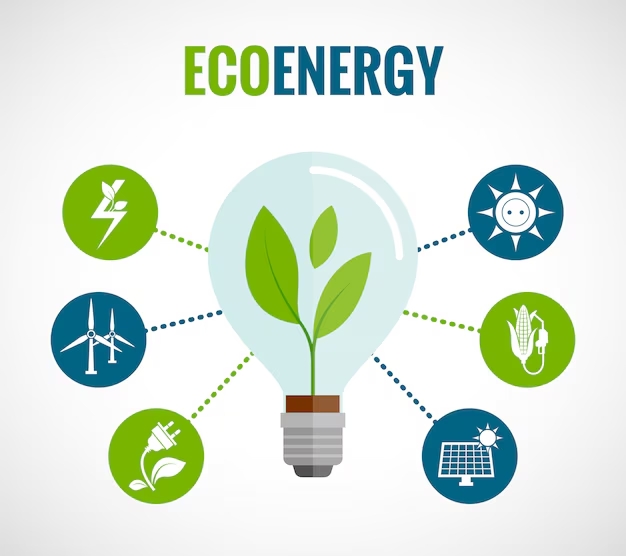Introduction: As the world faces growing environmental challenges, the demand for energy-efficient and sustainable buildings has never been more pressing. In India, the implementation of energy conservation standards in building design is key to reducing energy consumption and promoting environmental sustainability. However, effective implementation of these standards requires overcoming various obstacles, from technical challenges to lack of awareness. This blog post explores the lessons learned for improving the execution of energy conservation and sustainable building codes.
1. Understanding Energy Conservation in Buildings Energy conservation in buildings involves minimizing energy use while maintaining a comfortable environment for inhabitants. Key strategies include better insulation, energy-efficient lighting and appliances, and using renewable energy sources. Sustainable building codes are designed to enforce these strategies and ensure that new buildings meet energy efficiency standards.
2. Key Lessons for Better Implementation While sustainable building codes have been in place for years, many hurdles still exist in their implementation. Some important lessons learned are:
Effective enforcement mechanisms: Ensuring that energy-efficient building codes are implemented consistently across all regions requires robust enforcement policies. This can involve regular inspections, fines for non-compliance, and incentives for those who exceed the standards.
Training and awareness programs: Building professionals, including architects, engineers, and construction workers, need specialized training to understand and apply sustainable design practices. Awareness campaigns targeting the general public also play an important role in promoting energy-efficient buildings.
Adoption of local climate and environment considerations: Building codes must be adaptable to local climates and regional energy needs. Customizing the codes according to local conditions ensures better energy conservation and cost efficiency in construction.
3. The Role of Technology in Promoting Energy Conservation Advanced technologies such as smart building systems, energy-efficient HVAC systems, and automation tools are essential for optimizing energy use in buildings. By incorporating technology into sustainable design, buildings can monitor and adjust energy consumption in real-time, significantly reducing waste.
4. Government Policies and Incentives Government incentives and policies are crucial in encouraging the adoption of sustainable building codes. These may include tax breaks, funding for green building certification programs, and financial incentives for energy-efficient construction practices. Moreover, aligning building regulations with global standards, such as LEED (Leadership in Energy and Environmental Design), can attract foreign investment and encourage global best practices.
5. Environmental and Economic Benefits of Sustainable Building Codes Implementing energy-efficient building codes not only contributes to environmental conservation but also brings long-term economic benefits. Reduced energy consumption means lower utility bills, and over time, energy-efficient buildings increase in value. Moreover, they reduce the demand for fossil fuels, mitigating climate change impacts and fostering sustainability.
Conclusion: Improving the implementation of energy conservation and sustainable building codes is essential for India’s progress toward a greener, more sustainable future. By overcoming challenges, raising awareness, and leveraging technology, India can build energy-efficient buildings that benefit both the environment and its citizens. With continued focus and effective policy-making, the country can set a global example of energy-conscious urban development.











